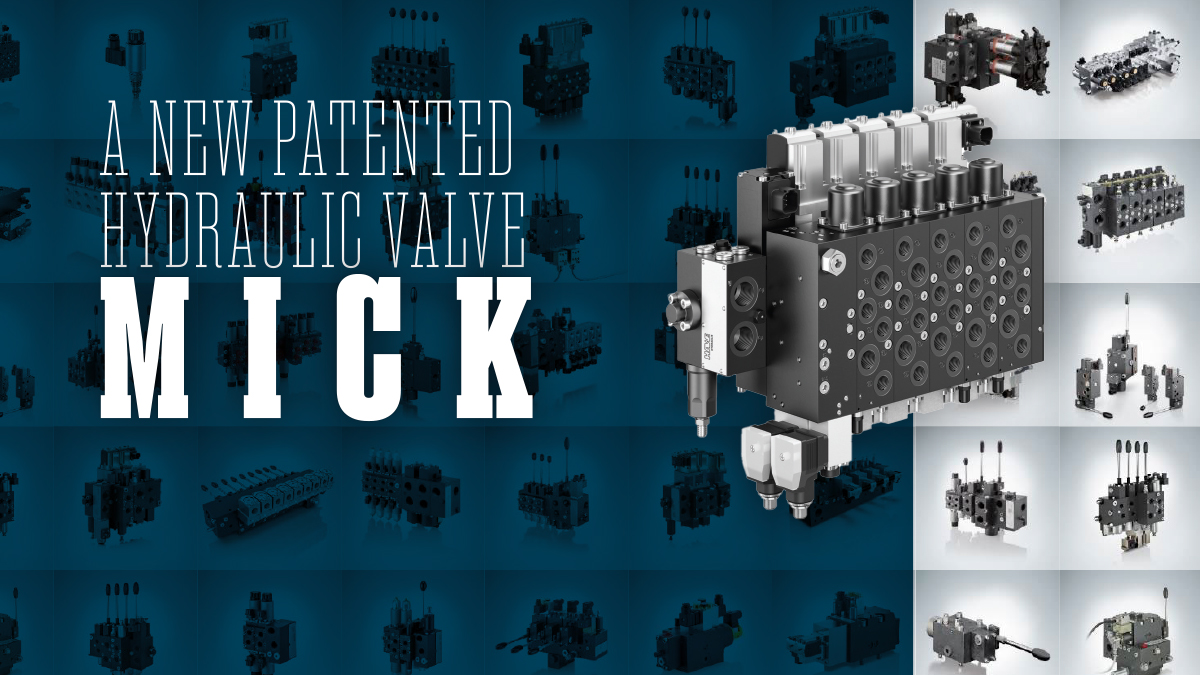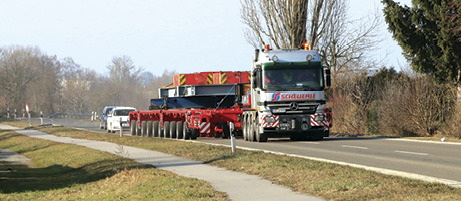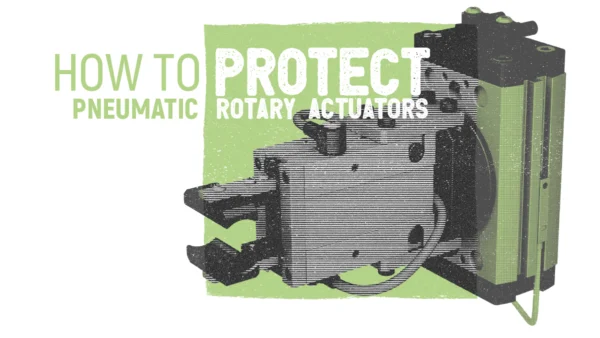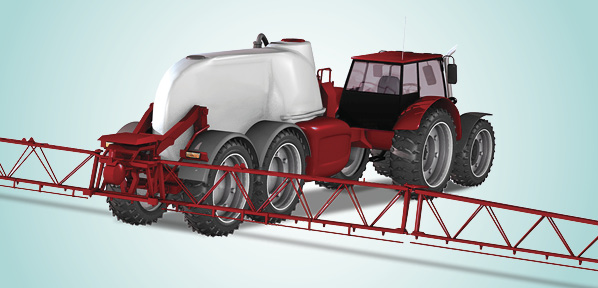A New Patented Hydraulic Valve: MICK

 By Daniel Fernandes (HAWE Hydraulik), Presenter at the iVT Expo 2024.
By Daniel Fernandes (HAWE Hydraulik), Presenter at the iVT Expo 2024.
In the advancing world of construction, agricultural, and mining equipment, the demands on hydraulic valve technology are shifting significantly. Original Equipment Manufacturers (OEMs) and distribution partners are voicing clear priorities for shaping the future of valve design and functionality.
Automation is becoming an essential feature across industries. Equipment that was once manually operated is now increasingly automated, whether through driver assistance systems or fully autonomous functionality. To support this evolution, hydraulic valves must be designed to seamlessly integrate with computerized systems. Traditional manual valves, often used for stabilizing or positioning, are no longer sufficient in automated machines. Electrification of even simple functions, such as outrigger control, is becoming necessary.
As equipment transitions to battery-powered systems, every kilogram counts. OEMs are demanding smaller and lighter hydraulic valves to reduce overall weight without compromising performance. This shift not only improves energy efficiency but also aligns with the industry’s push toward sustainability. Additionally, compact designs simplify assembly, addressing labor shortages and the need for skilled workers. With the move to smaller cylinders, hydraulic systems must operate at higher pressures to deliver the same force. This trend demands valves capable of handling these increased pressures reliably, ensuring consistent performance under demanding conditions.
Cost remains a critical factor. Manufacturers are focused on reducing costs while maintaining high-quality standards to stay competitive in a challenging market. Innovative designs and materials are key to achieving this balance. This enables the production of valves that meet performance requirements without inflating costs. A method to achieve this innovation within cost constraints is to develop valves using existing parts or expand on existing valve platforms.
The push for electrification isn’t limited to high-end boom functions. OEMs are now looking to electrify even basic functions like outriggers, doors, locks, or setup functions, ensuring that every aspect of a machine aligns with automated workflows. By replacing manual valves with electric solutions, manufacturers can create systems that are fully compatible with automation, enhancing both functionality and efficiency.
To meet these industry demands, HAWE Hydraulik has designed and patented the new MICK Valve. It is a combination of the proven proportional directional spool valve PSL, and specially designed 8/3-way diverter valves flanged-mounted on the PSL sections. Always prevalent supply chain disruptions exposed significant vulnerabilities in the availability of critical components, including wiring harnesses. For example, wiring harnesses are often viewed as a high-risk component due to their high cost, long lead times, and inherent complexity. In response to these challenges, innovative solutions like the MICK have emerged, designed to streamline wiring for hydraulic valve systems.
Traditional wiring harnesses often involve multiple connectors and intricate wiring schemes, making them not only difficult to source but also challenging to assemble and maintain. The MICK addresses this issue by simplifying the system to a single four-pin Deutsche connector. This connector integrates CAN-high, CAN-low, power, and ground, drastically reducing the complexity of the wiring infrastructure.
Whether a system requires a single section or scales up to 12 sections, the MICK ties all sections together internally. This modular approach eliminates the need for additional wiring or connectors, streamlining the assembly process and reducing potential points of failure. By consolidating wiring into one robust connector, the MICK not only reduces lead times and costs but also enhances system reliability. The simplified design minimizes wiring errors during installation and maintenance, ensuring consistent performance across all sections of the hydraulic system.
The PSL sections proportionally control the flow rate while integrated MICK diverter valves distribute it to the individual actuators. Up to three dual-acting actuators can thus be supplied with one valve section. The PSL base valve can also be equipped with integrated CAN bus amplifiers, which internalize wiring, close the loop on the spool position, and hide the daisy-chain wiring under a patented connection system. This prevents damage to the connections with an IP 67 rating.
When the MICK selectors are off, the fixed or variable displacement pump waits efficiently in standby. From there, one of the three MICK selector solenoids can be powered, driving all diverters in the valve bank into one of three positions. An example of three functional groups that work independently is boom, drives, and outriggers (stabilizers).
An additional patent on the solution is the diverter integrated safety circuit. This a load-sensing line of-sorts, where a hydraulic signal confirms that all diverters in the bank reach the same function group before any oil can be supplied from the pump to power any functions. Mechanical assembly time and electrical wiring time, as well as space on the machine, is greatly reduced because the coils are internally wired and three valve banks are combined into one.
The PSL CAN and MICK meet the evolving demands of modern hydraulic systems. By incorporating the latest technological advancements, the MICK provides a cost-effective solution that aligns with market expectations while delivering superior functionality. This combination of expertise and innovation elevates hydraulic systems to a new level of efficiency and performance. Both the PSL CAN and MICK are designed to meet the demands of today’s hydraulic applications, where efficiency, cost, and performance are paramount. By streamlining manufacturing and leveraging advanced technology, these solutions deliver exceptional value without compromising quality or functionality.
By addressing key challenges such as cost, complexity, and functionality, these innovations empower manufacturers to create systems that are not only efficient and reliable but also aligned with the demands of modern applications.







